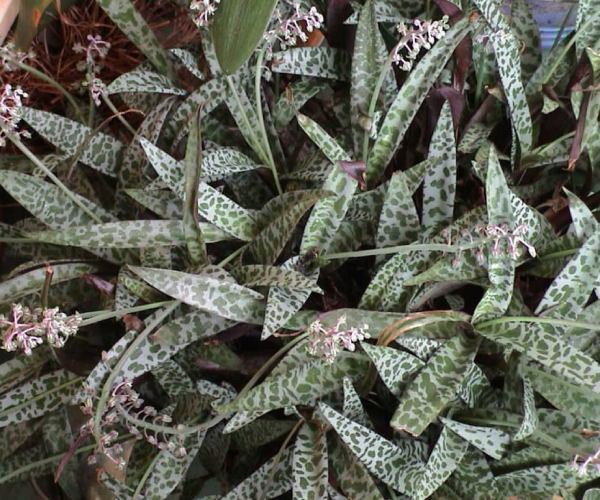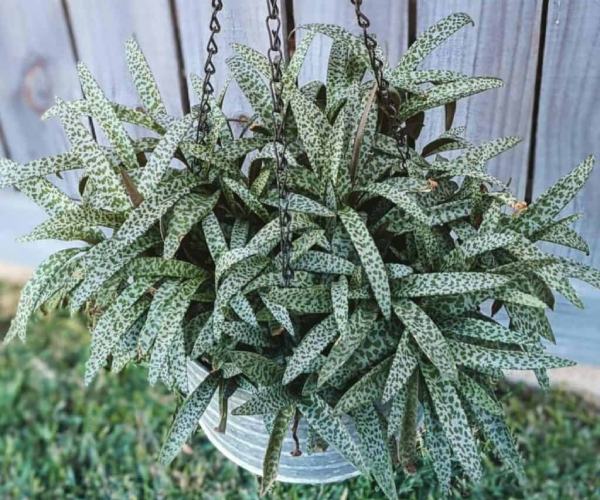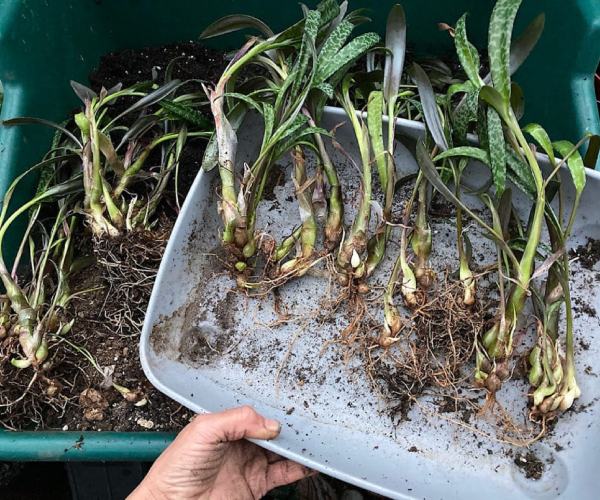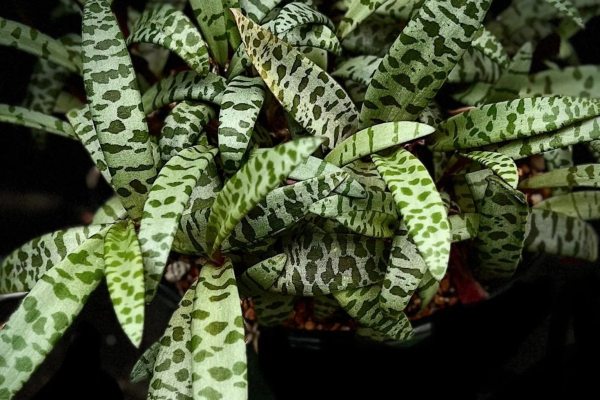Introducing the eye-catching houseplant, Silver Aquill! Scientifically known as Ledebouria Socialis, is a tough and hardy species that grows in summer and fall-winter rainfall zones. This perennial usually grows in shade mostly in closed evergreen woodland. Silver Aquill is mainly recognized for its attractive, lance-shaped leaves with green leopard spots and silver spots and purple on the underside. Further, it is popular among gardeners because of its resilience which thrives in most circumstances with well-drained soil and minimal watering.
Here, we will discuss everything you may want to know about the Silver Squill, including how to care for this popular plant.
Plant Description
Plant Type: Perennial
Scientific Name: Ledebouria Socialis
Common Name: Silver squill, Wood hyacinth, Leopard lily
Genus: Ledebouria
Family: Asparagaceae
Native: South Africa, Madagascar, India
Season: Spring
Toxicity: Toxic to humans and pets
Varieties of Silver Aquill
Ledebouria socialist ‘Violacea’
Violacea is a popular and most widely cultivated variety of Silver Aquill. Its leaves are silver-white with dark green spots on the top side and have a burgundy-violet color on the bottom, which is why it is named ‘Violacea’.
Ledebouria socialist ‘Paucifolia’
Paucifolia is a type of Silver Squill with small plants that grow just 4 to 6 inches tall. Its leaves are shorter compared to other varieties. These leaves are short, thin, and a very pale silver-green with dark green dots and markings that look like confetti. Similarly, this plant grows more slowly than the ‘Violacea’ variety.

Ledebouria socialis ‘Juda’
Juda is a type of variegated Silver Squill with silver-green leaves that have spots and pink edges. The leaves are a bright deep green with light green to lime-colored bands. Over time, it forms a dense cluster of purple bulbs.
Ledebouria Socialis ‘Zebrina’
Care and Maintenance Tips for Silver Aquill
Light
Silver Squill grows best in bright, indirect light indoors. Outdoors, it does well in partial shade. It needs about 3 hours of direct sunlight a day to stay healthy, but the light should be indirect or filtered.
Soil
Like succulents, Ledebouria socialis is drought-tolerant and grows well in well-draining soil. It thrives in humus-rich, sandy soil but can also grow in rocky soil, with a pH range of 6 to 8. Besides, you can add compost before planting into the soil. However, make sure to add plenty of sand to improve drainage. The plant will not survive if water collects around its roots.

Water
Temperature and Humidity
When growing Silver Squill indoors, it prefers normal room temperatures. If you are going to grow the plant outdoors in the spring and summer seasons, the temperatures should be about 15°C. While the plant can endure cold winters down to -1°C (30°F), it should be moved indoors to a warmer location if temperatures drop below that.
Fertilizer
In the spring and summer seasons, feed with a balanced liquid fertilizer once every two months if in the ground and once a month if in containers. You can also feed a 10-10-10 NPK fertilizer or one specifically made for cacti and succulents.
Pruning
Pests and Disease
Watch out for pests like aphids, mealybugs, and spider mites on the undersides of the leaves and stems of Ledebouria. The plant can also be affected by diseases such as leaf spot, root rot, rust, and powdery mildew. Use insecticidal soap spray to manage these issues.
Propagation Method of Silver Aquil

Frequently Asked Questions
1. What is Silver Aquill ‘Ledebouria Socialis’?
Silver Aquill is a perennial plant mainly recognized for its attractive, lance-shaped leaves with green leopard spots and silver spots and purple on the underside.
2. Can Silver Aquill ‘Ledebouria Socialis’ be grown indoors?
Yes, Silver Aquill thrives indoors in bright, indirect light.
3. How do I propagate Silver Aquill ‘Ledebouria Socialis’?
To propagate Ledebouria socialis, use new bulbs or offsets that grow near the main plant. Propagation from seeds is also possible but not recommended due to low success rates and slow growth.
